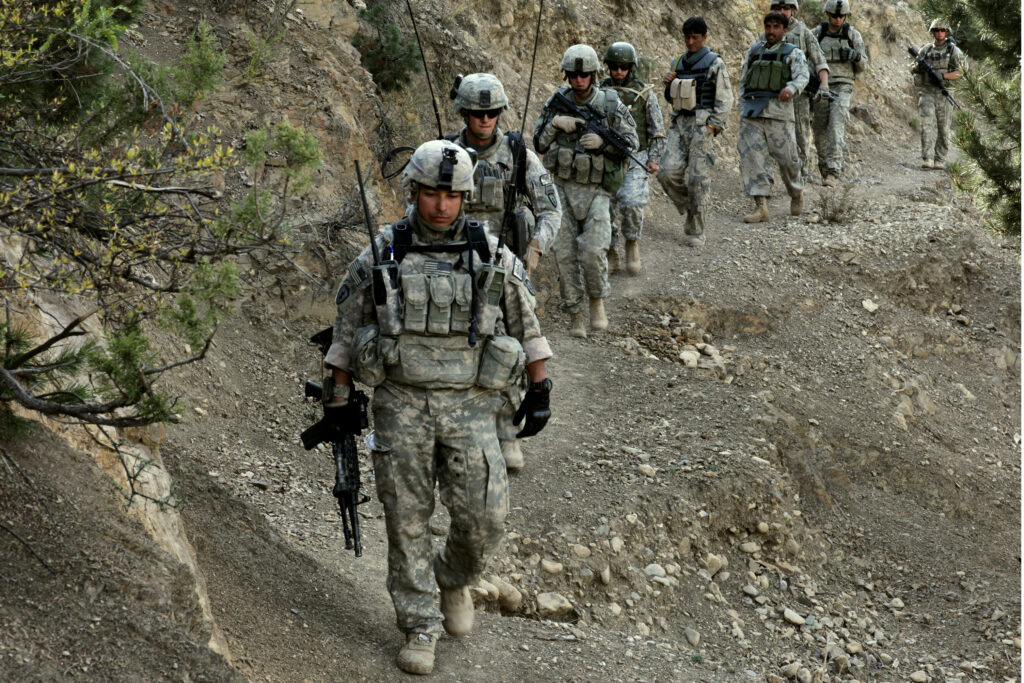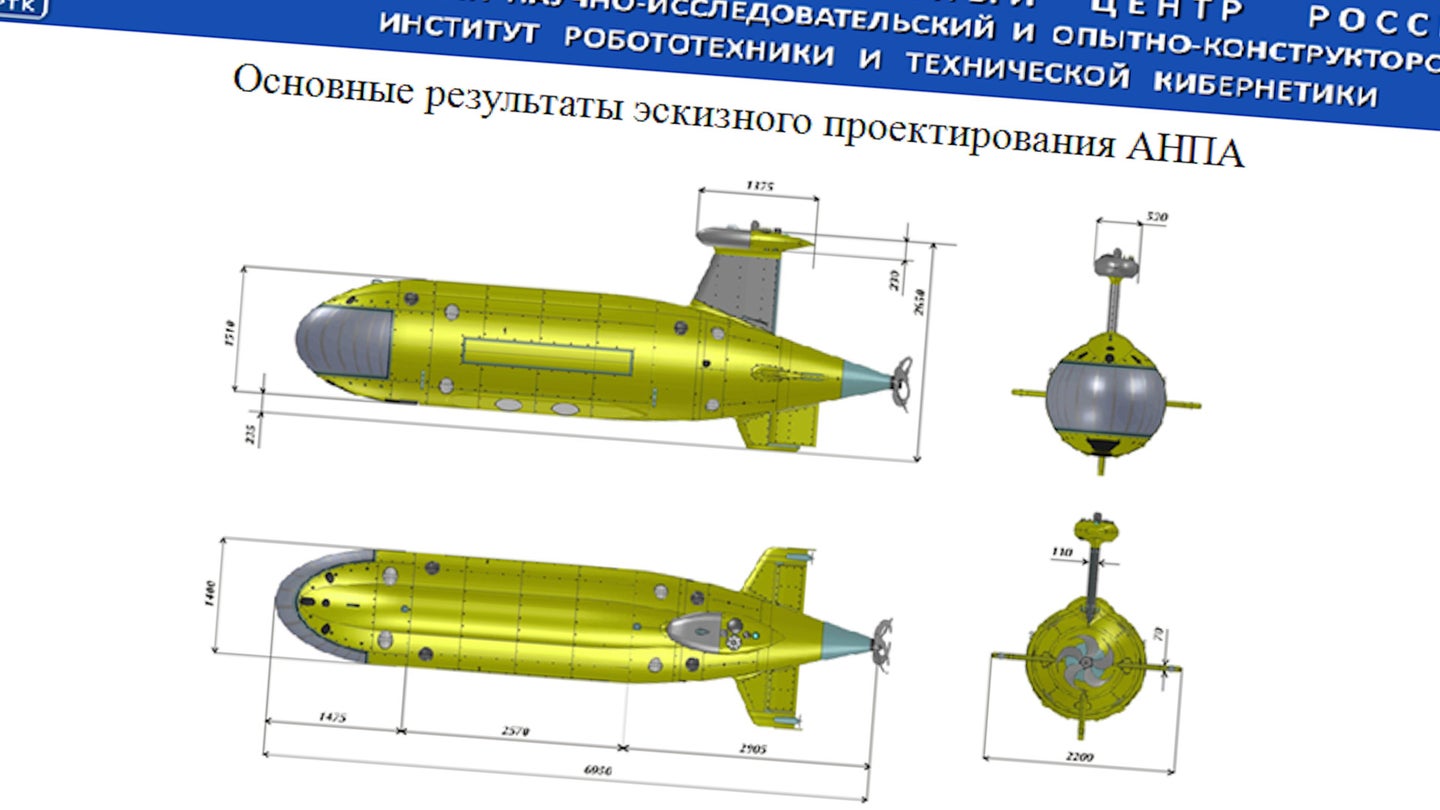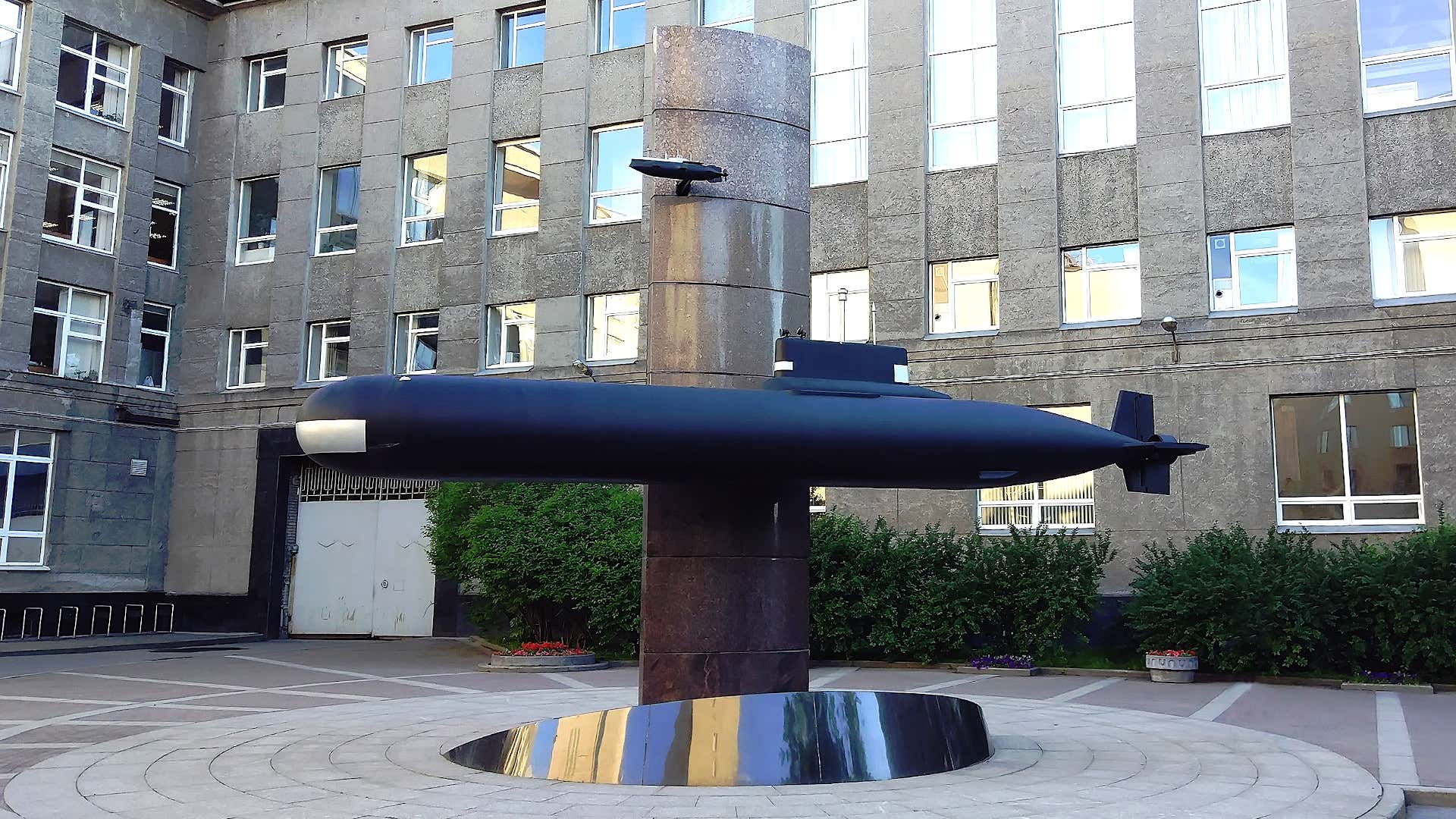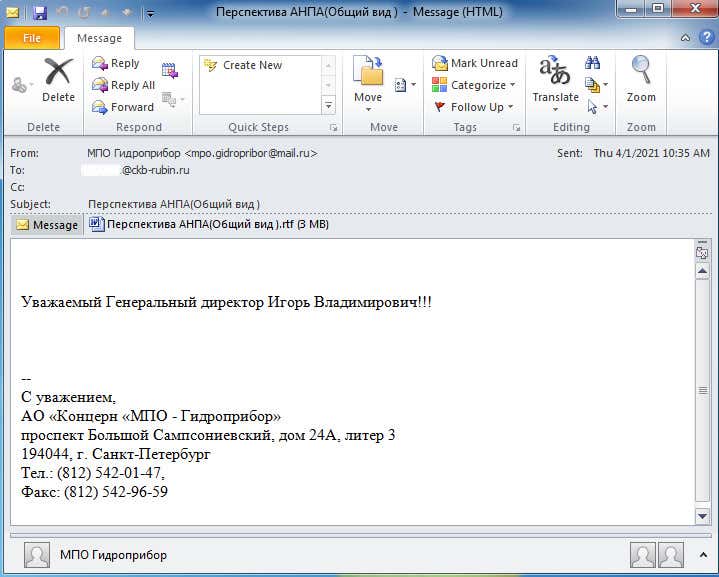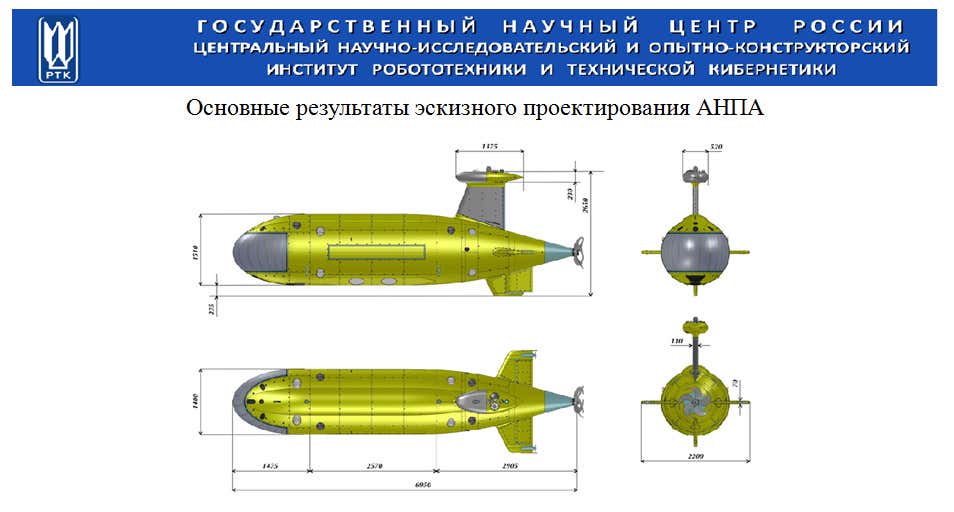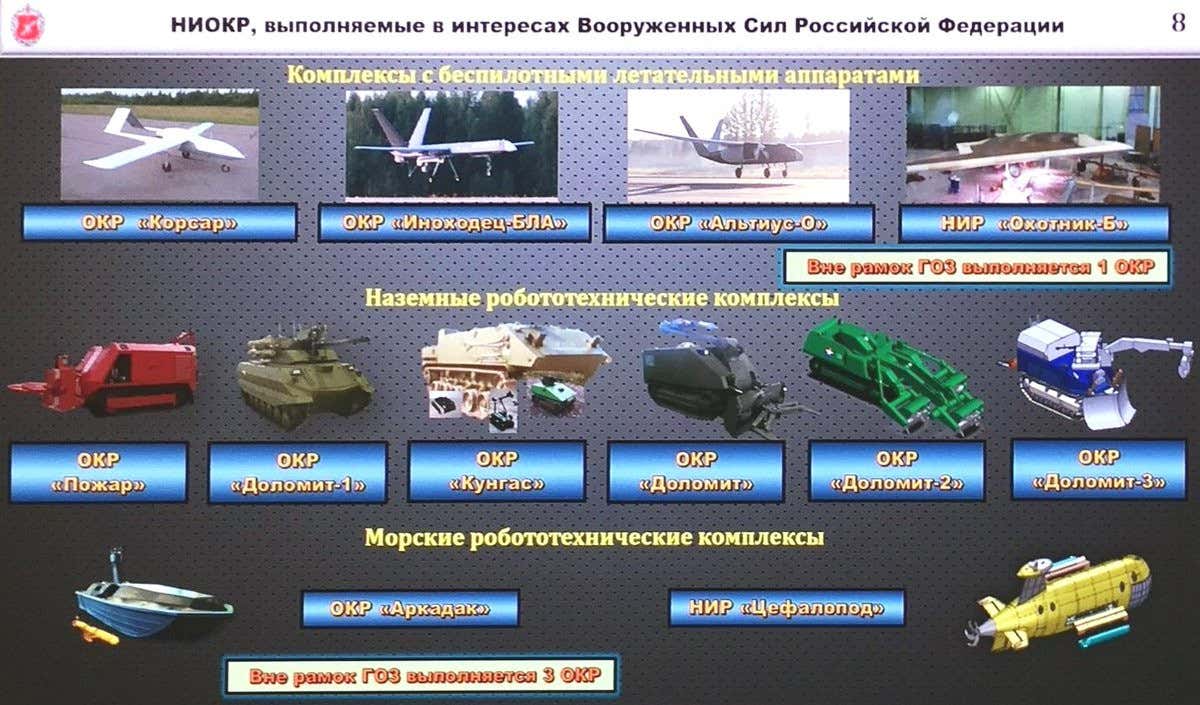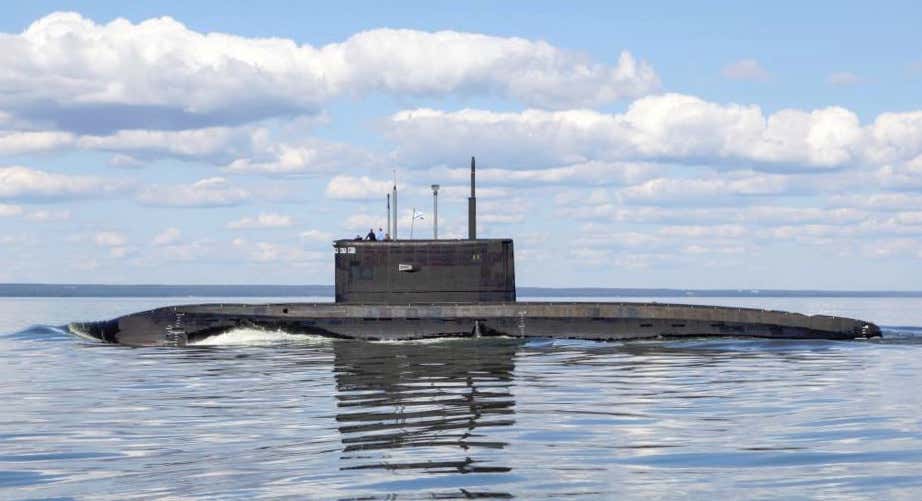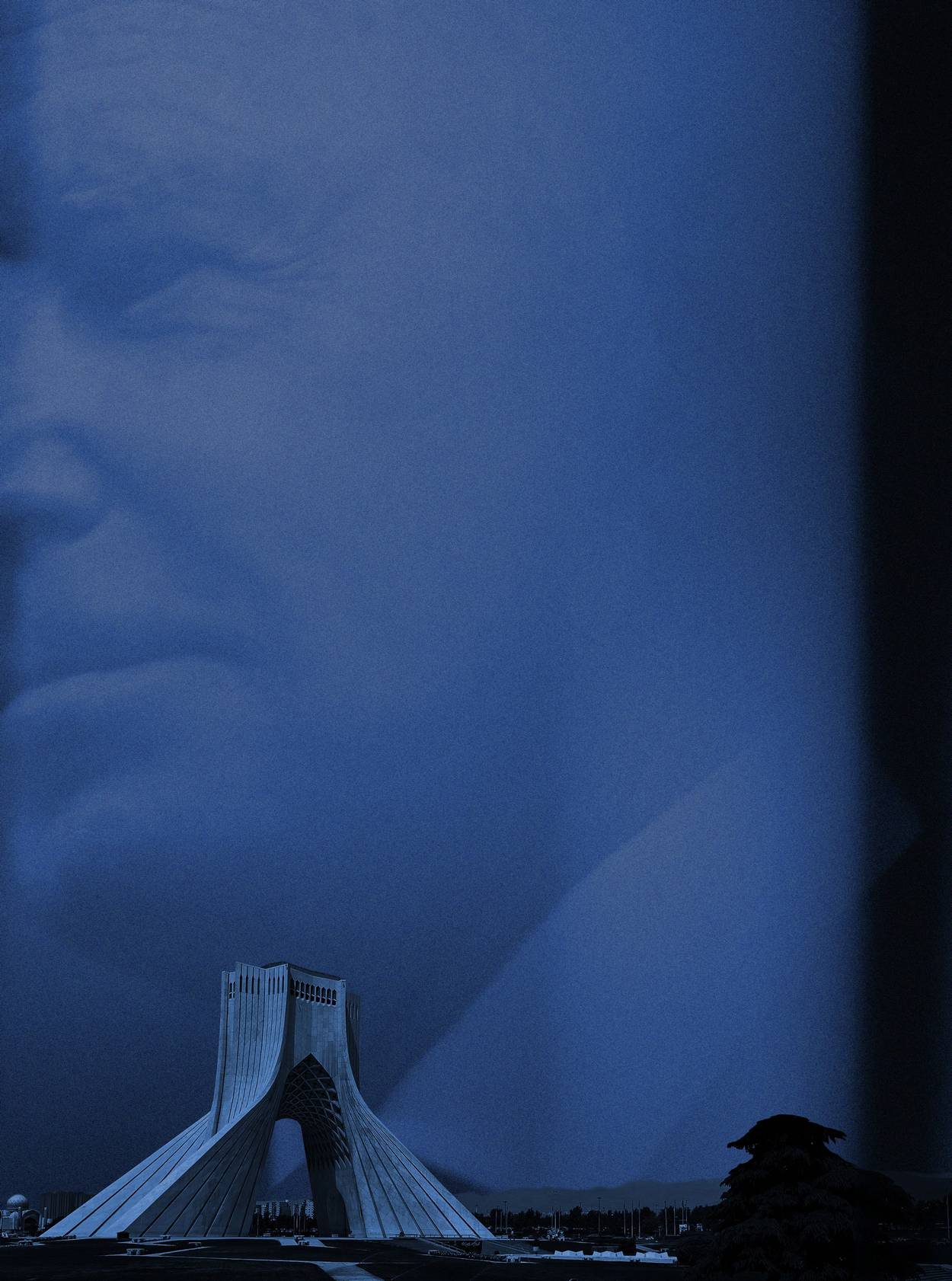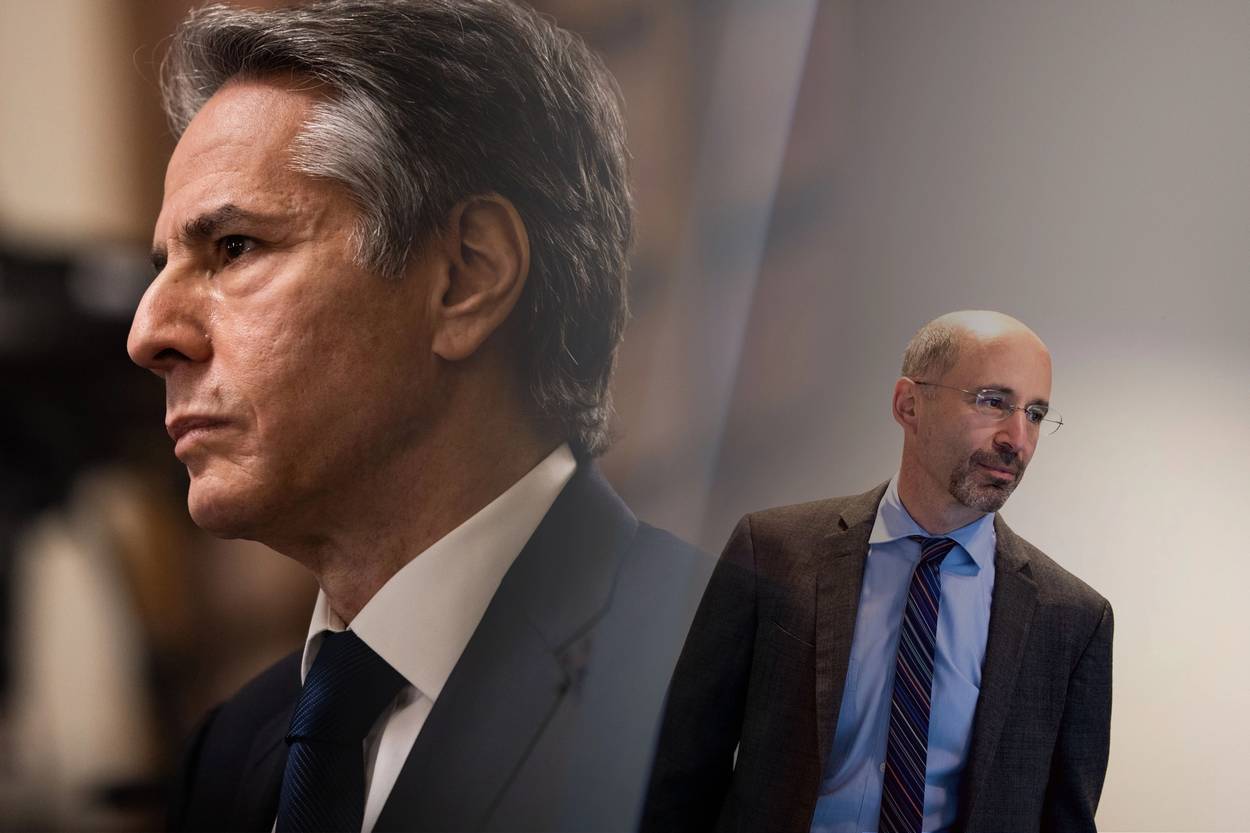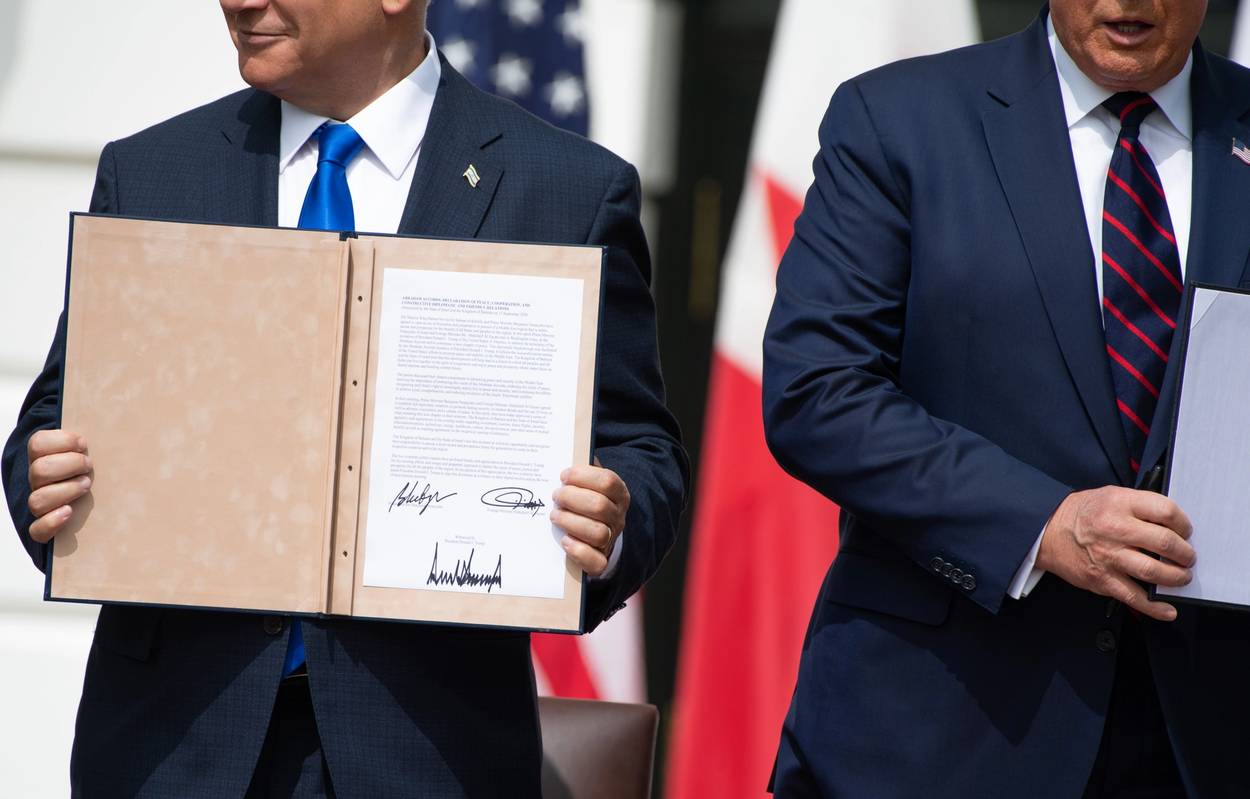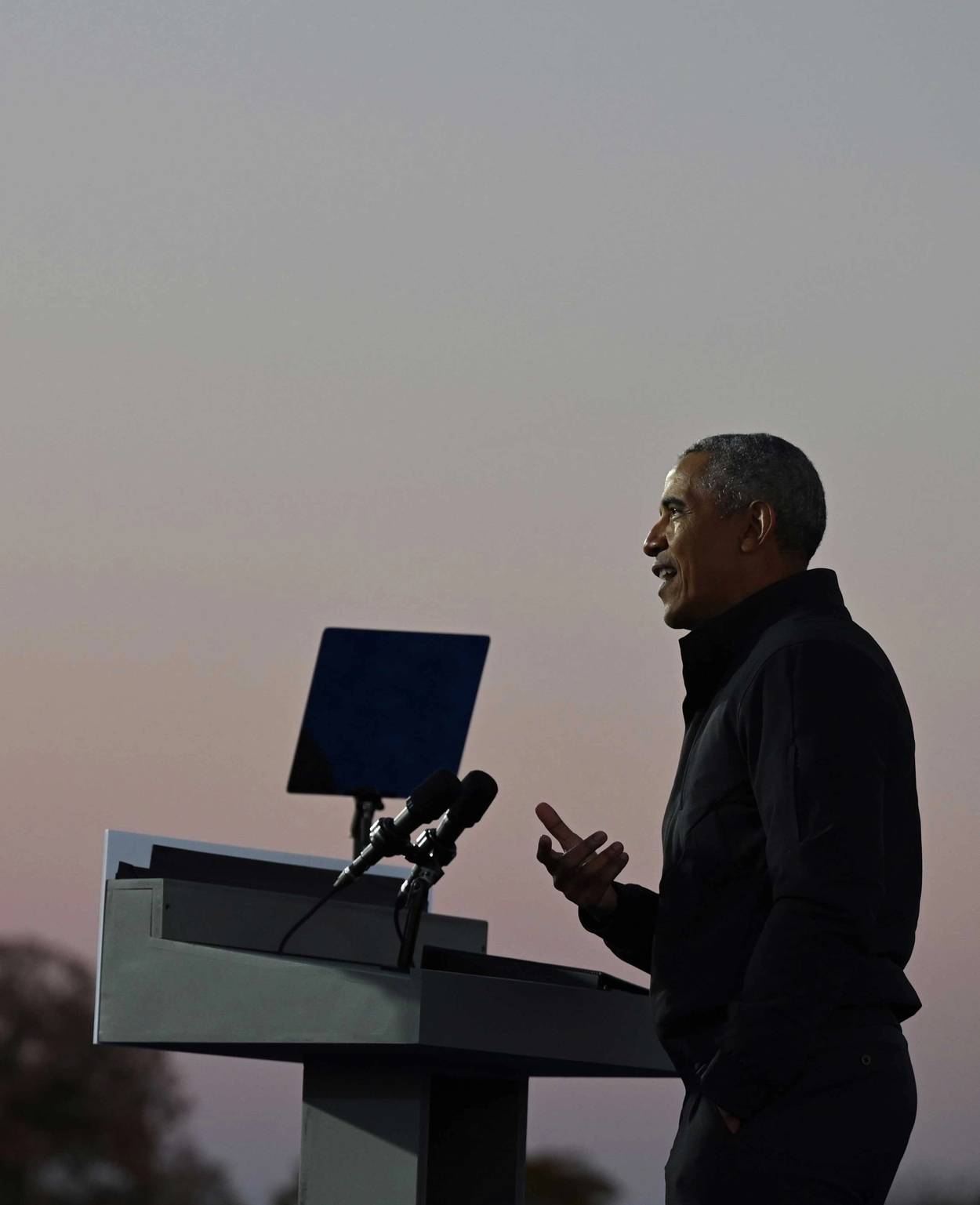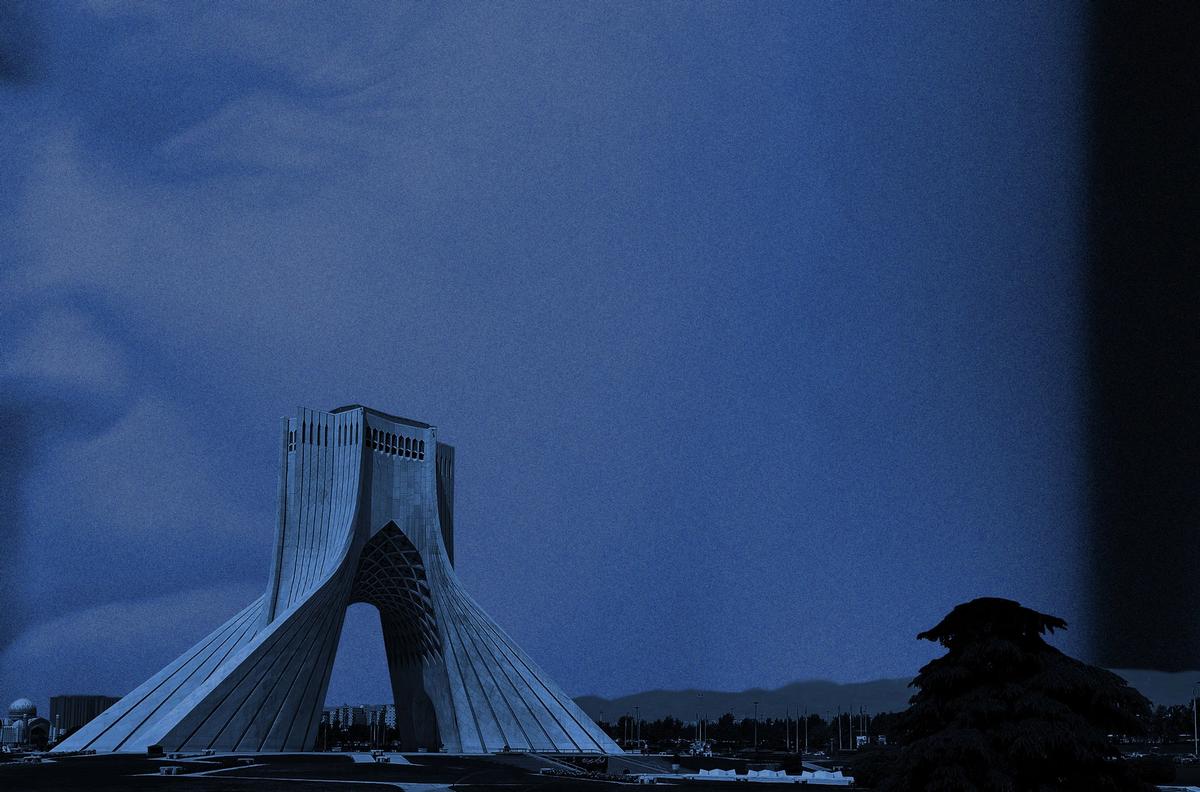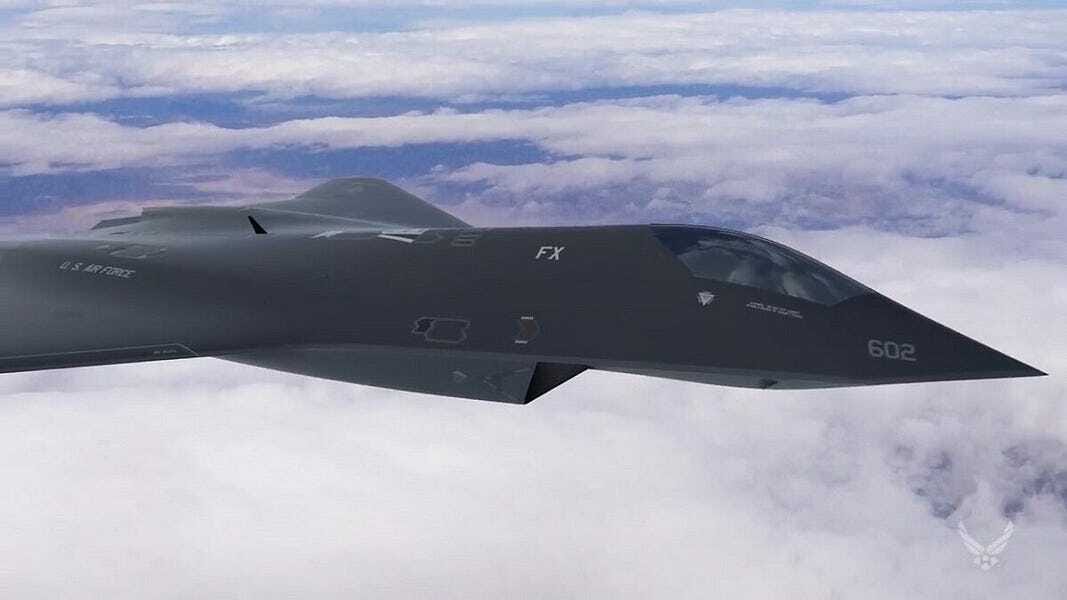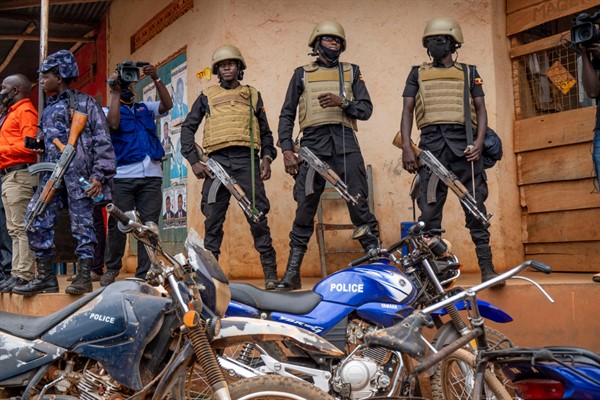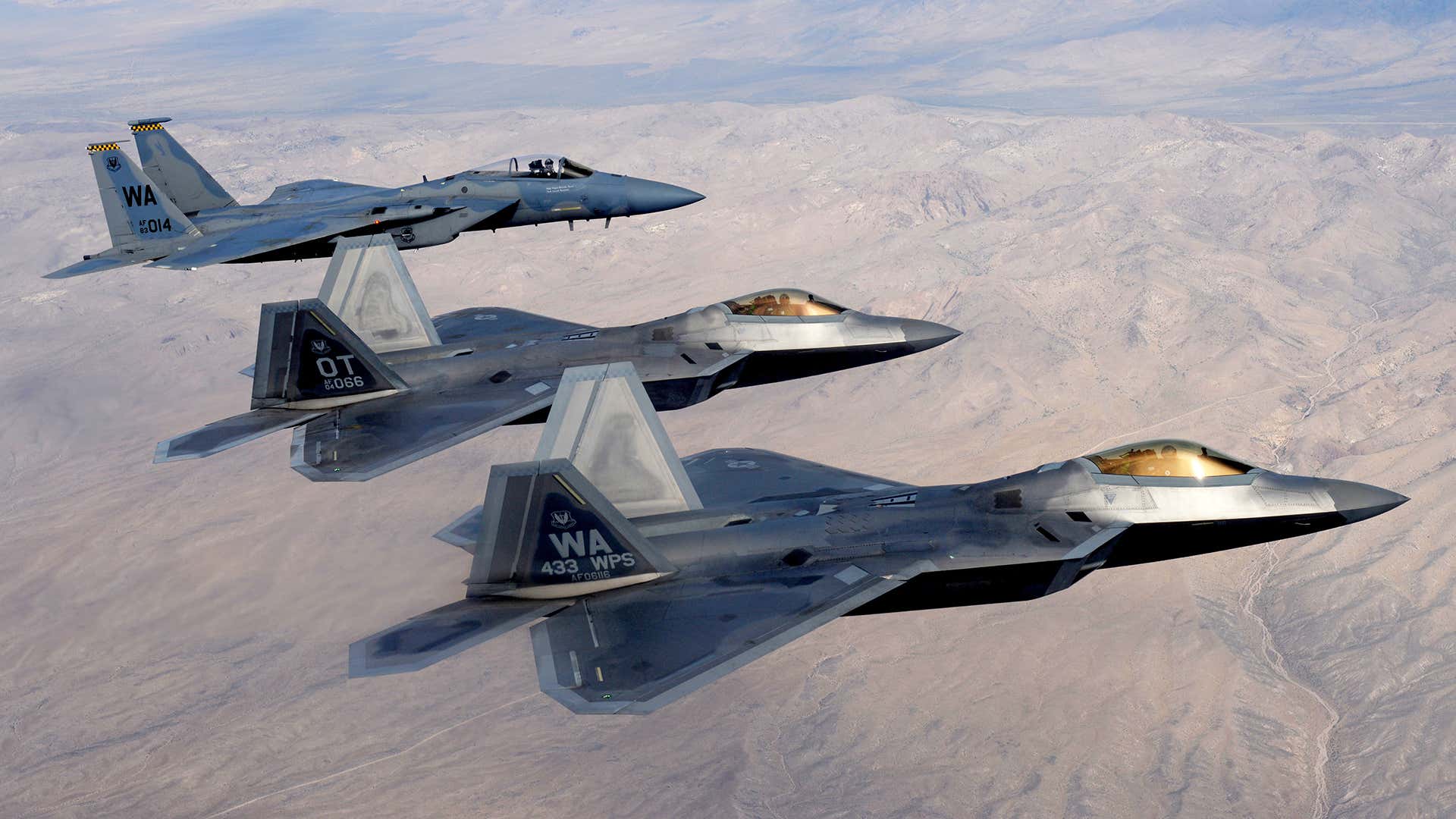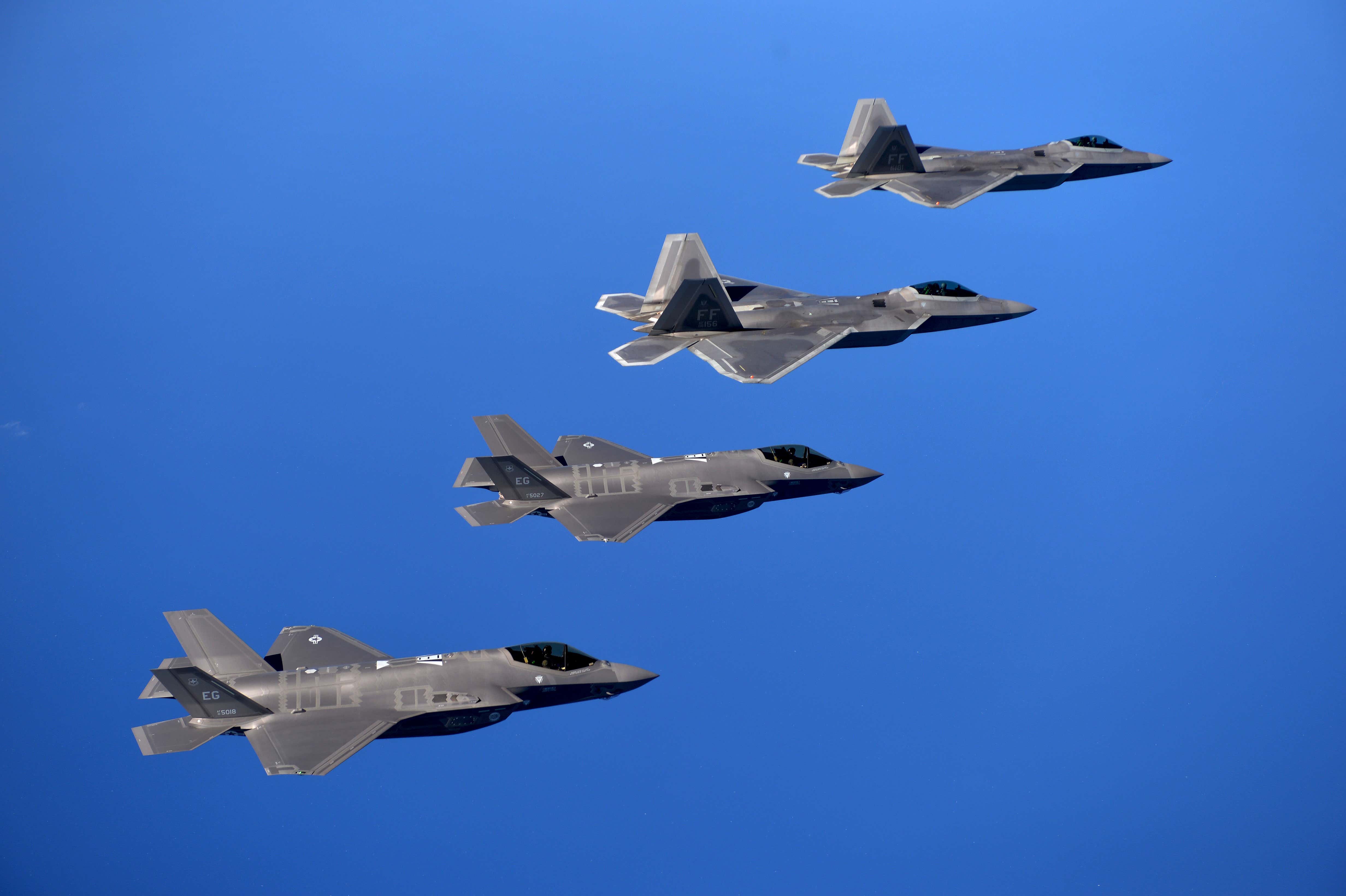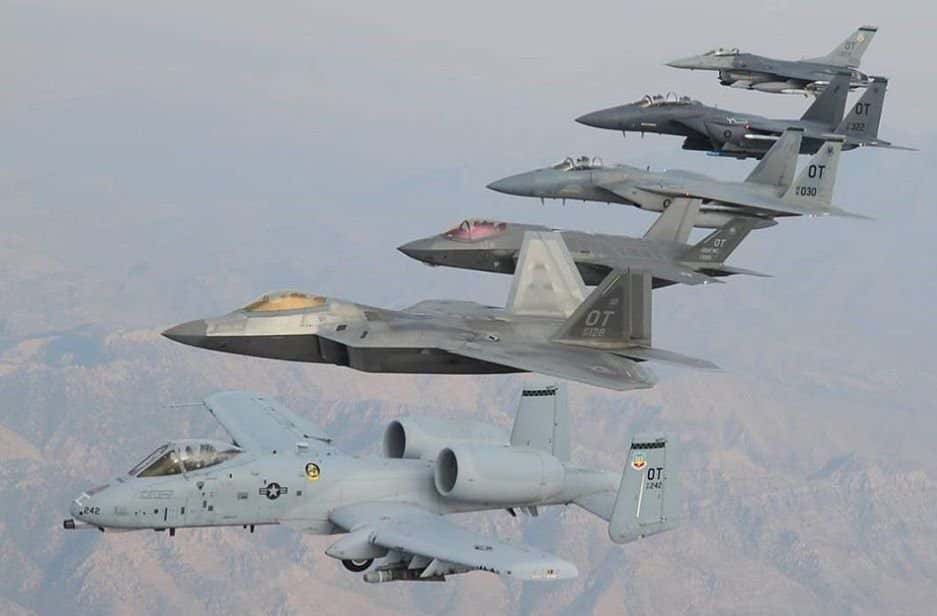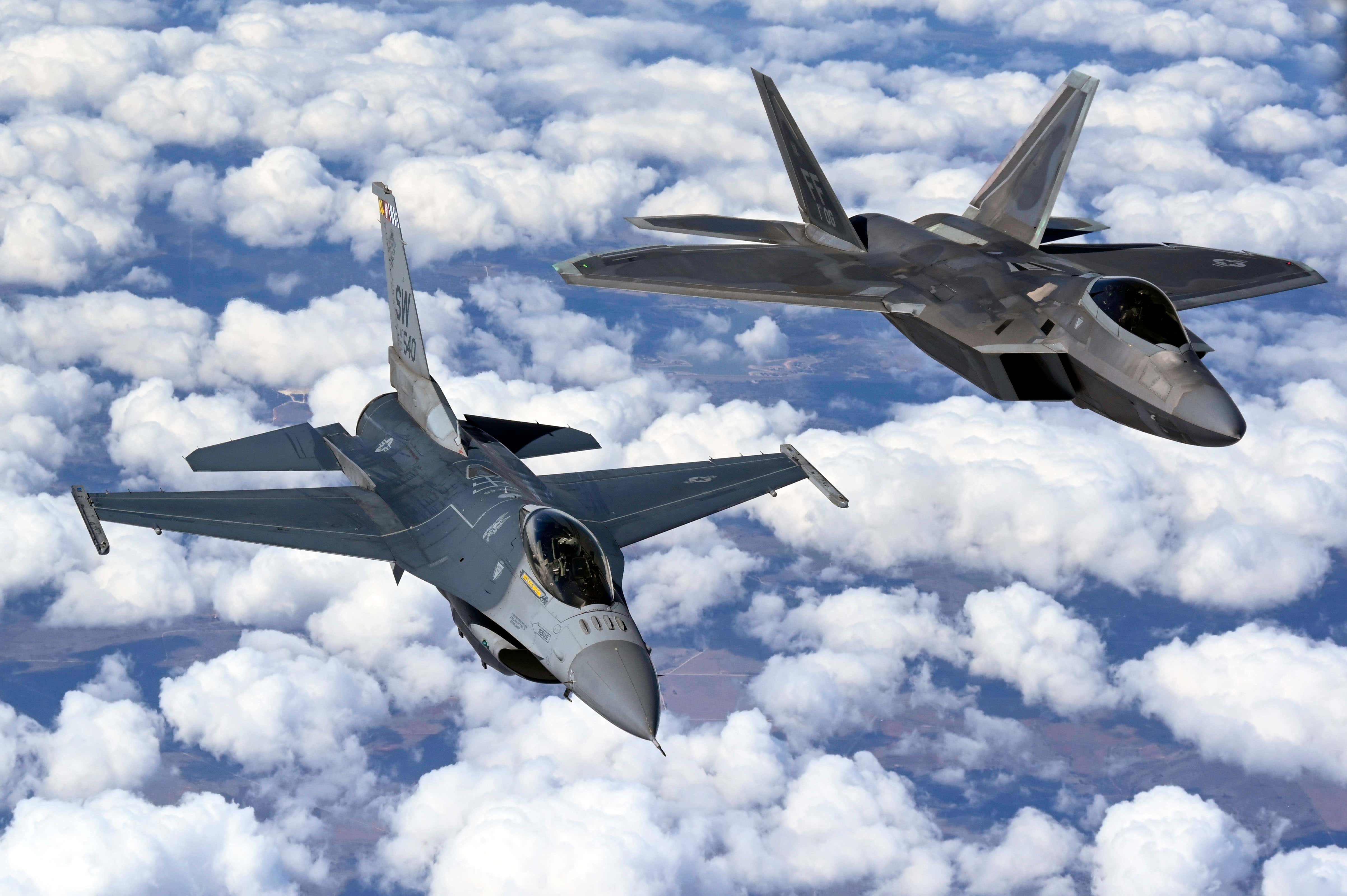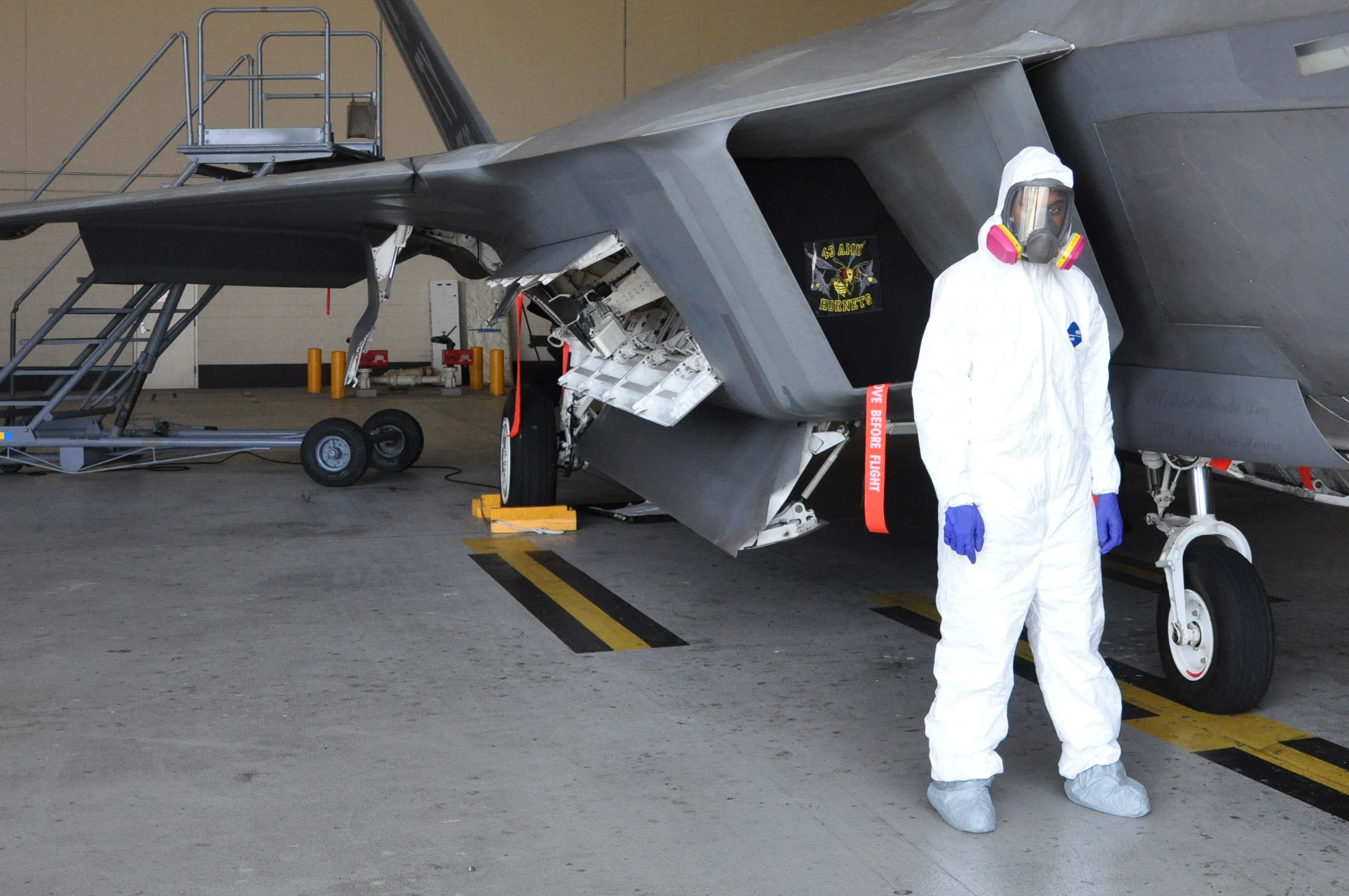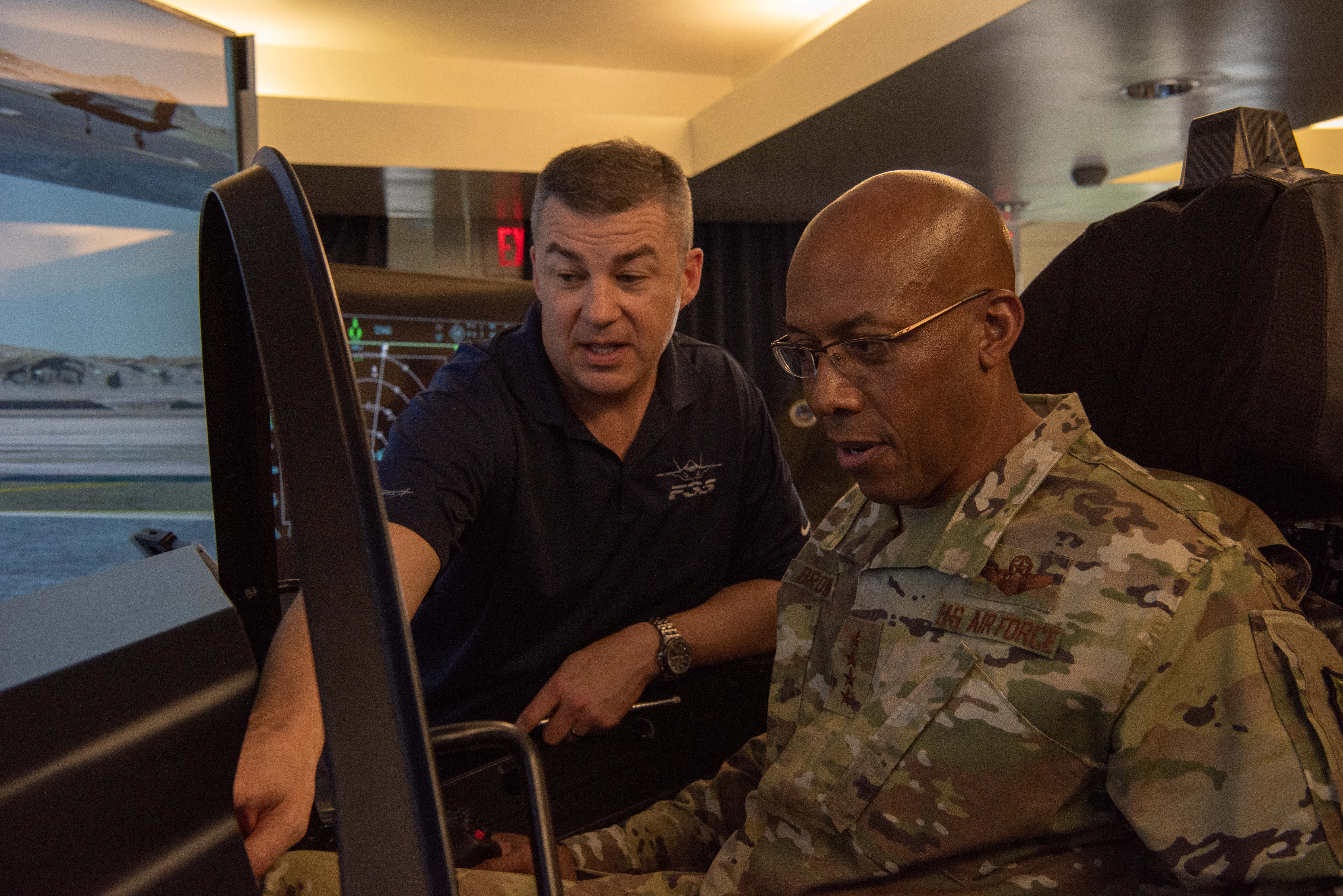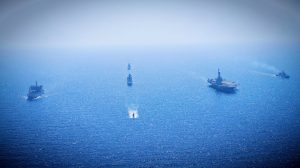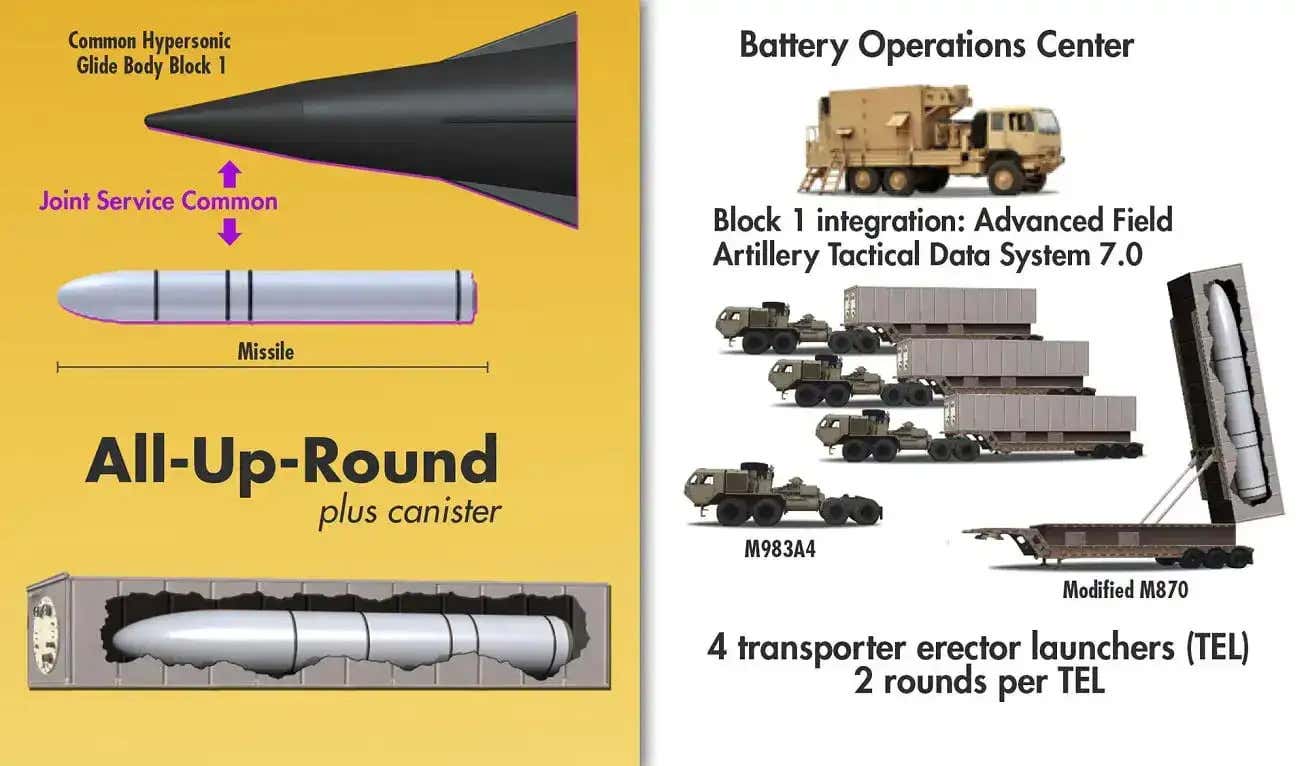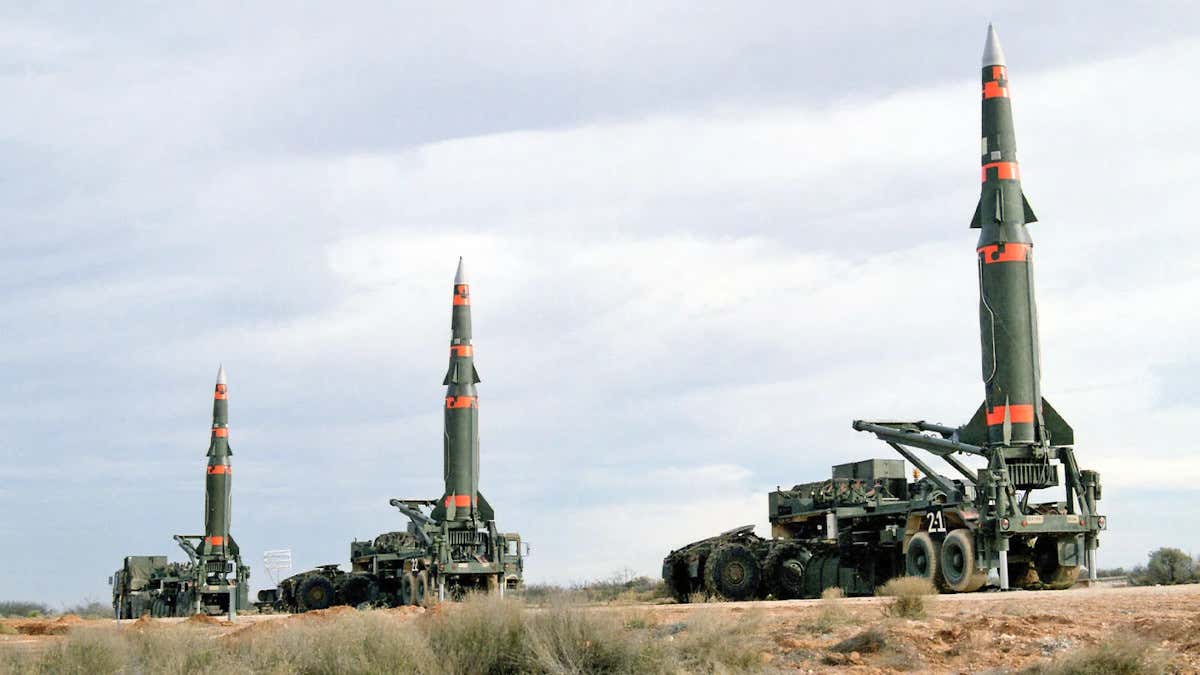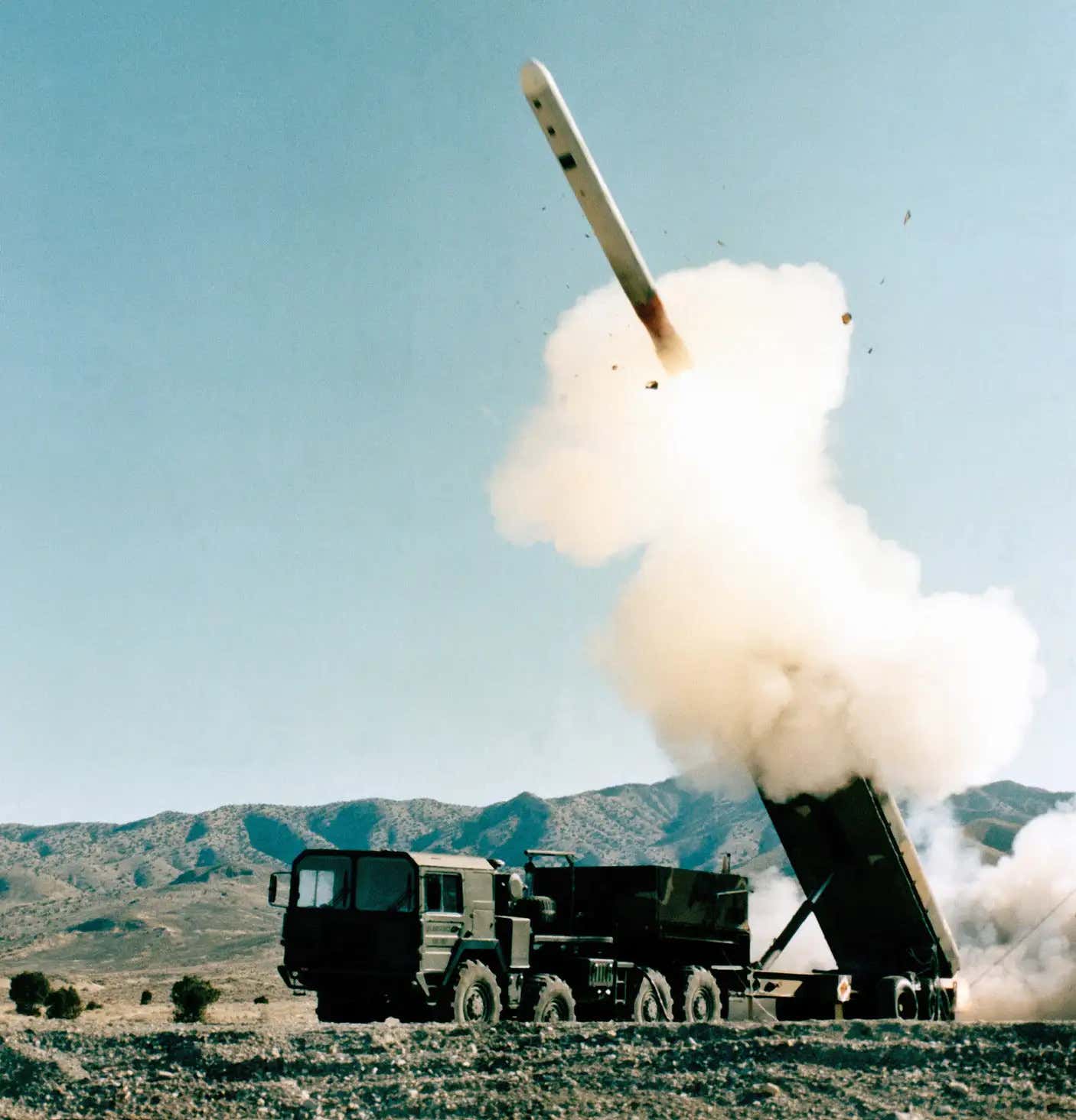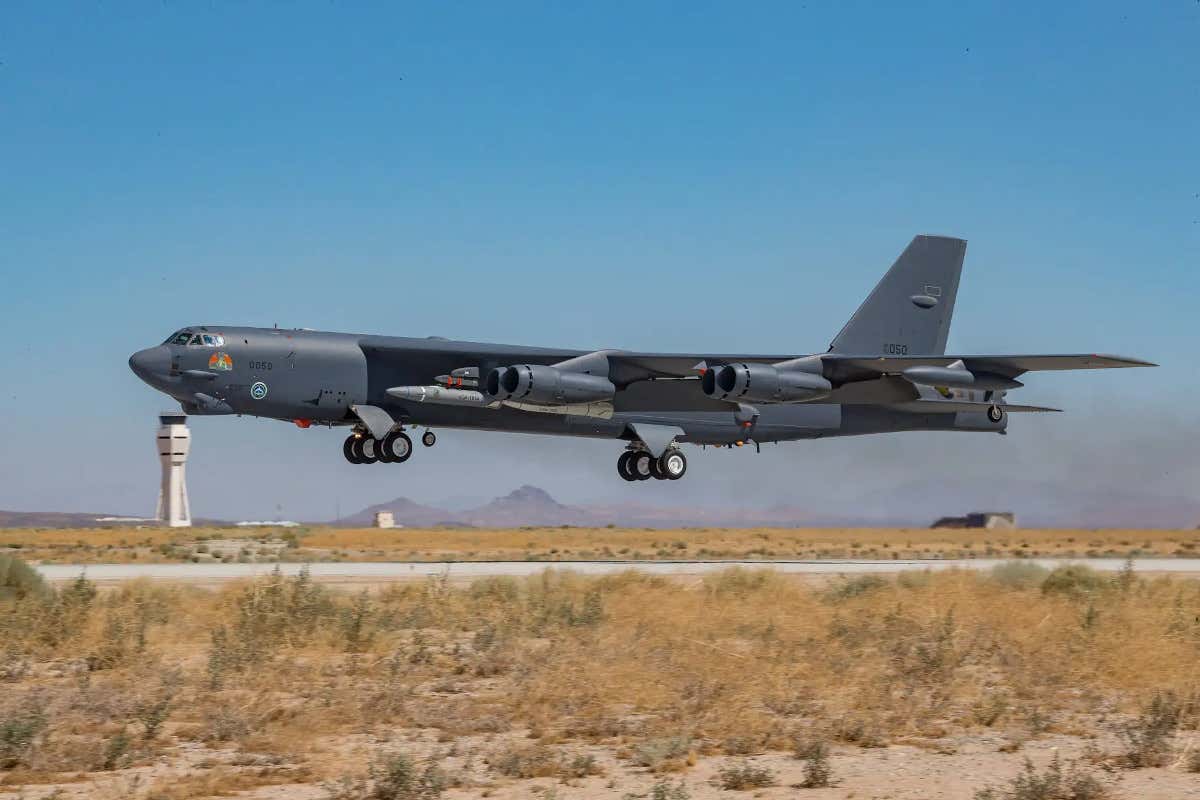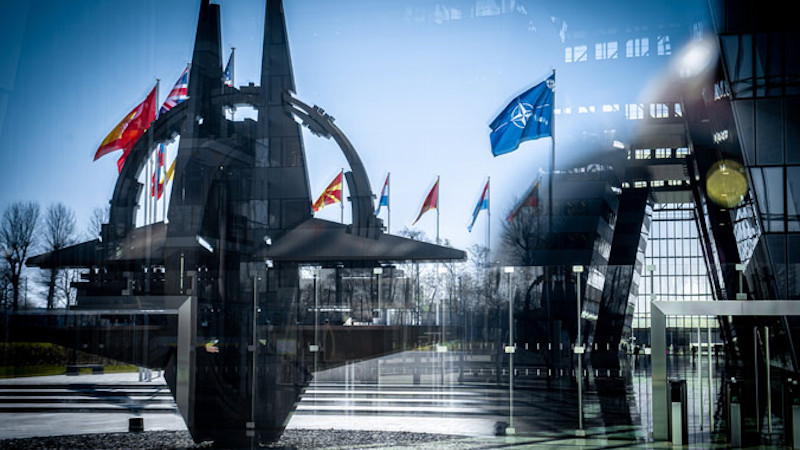(469) 04-17-2021-to-04-23-2021___****THE****WINDS****of****WAR****
(470) 04-24-2021-to-04-30-2021___****THE****WINDS****of****WAR****
(471) 05-01-2021-to-05-07-2021___****THE****WINDS****of****WAR****
----------------------------------------
Breaking: Alpharetta based Colonial Pipeline shuts down gas lines after cyberattack
Riots in Minneapolis (now the main riot thread)
 www.timebomb2000.com
www.timebomb2000.com
-------
Indo-Pacific News - Watching the CCP-China Threat
THREAD: 1) Leaked #Chinese document reveals a sinister plan to ‘unleash’ coronaviruses A document written by Chinese scientists and Chinese public health officials in 2015 discussed the weaponization of SARS coronavirus.
View: https://twitter.com/i/web/status/1391033790932283397
 www.timebomb2000.com
www.timebomb2000.com
---------------------------------------
Posted for fair use.....

 www.militaryspot.com
www.militaryspot.com
Growing Threat From Nuclear-Armed China, Russia
MAY 7, 2021 – U.S. Strategic Command is responsible for America’s nuclear deterrence, using nuclear weapons-capable submarines, intercontinental ballistic missiles and strategic bombers. The two peer nuclear-armed nations that have displayed aggressive behaviors are China and Russia.
Navy Adm. Charles A. Richard, commander of Stratcom, spoke virtually today about the threat at the Center for Strategic and International Studies Project on Nuclear Issues Capstone Conference.
“As a nation, we have not had to consider the implications of engaging in competition through possible crisis or direct armed conflict with a nuclear-capable adversary in nearly three decades,” he said. “Now, for the first time in our history, we face two nuclear-capable strategic peer competitors at the same time.”
Richard said he’d like to see a reduced role for nuclear weapons by the U.S., Russia and China and would like to extend the olive branch.
In the meantime, however, Stratcom works diligently to achieve a credible nuclear deterrent that is safe, secure and effective, he said, adding that nuclear deterrence is not just about protecting the homeland, it’s also about protecting allies.
China, Richard said, is a growing threat. Their strategic and conventional forces are rapidly expanding in all domains.
Beijing already has a plausible nuclear employment strategy in the region and is increasingly able to do that at the intercontinental range, he said.
The Chinese are deploying large numbers of solid-fuel ICBMs, and they also have strategic bombers and submarines. They’re well on their way to doubling their nuclear stockpile by the end of the decade, he said.
However, one must not simply compare stockpile sizes to address the threat, Richard said. “A nation’s stockpile is a very crude measure of its overall strategic capability.”
There are many other capabilities that must be factored in, he said, such as delivery systems, accuracy, command and control, readiness, posture, doctrine and training.
Russia is undergoing a very extensive nuclear modernization program, which is about 80% complete, he said, noting that the Kremlin says the modernization program is actually 88% complete.
The Russians have a number of novel weapon systems that include a nuclear-armed missile mounted on a hyperglide system and a nuclear-armed, underwater, unmanned vehicle, Richard noted.
Because of these growing threats from China and Russia, modernizing America’s own nuclear triad is of paramount importance, he said.
Richard highlighted the importance he places on having a highly skilled and motivated workforce to operate and maintain the nuclear triad. These would include scientists, software developers, engineers and technologists.
It would be nice, he said, for talented young people to come to Stratcom. The workforce is graying, and a good percentage of it is nearing retirement age.
Richard said one area of concern is that Russia and China are far outpacing the U.S. in producing science, technology, engineering and math graduate degree holders.
BY DAVID VERGUN, DOD NEWS
(470) 04-24-2021-to-04-30-2021___****THE****WINDS****of****WAR****
(471) 05-01-2021-to-05-07-2021___****THE****WINDS****of****WAR****
----------------------------------------
Breaking: Alpharetta based Colonial Pipeline shuts down gas lines after cyberattack
- Thread starter SmithJ
- Start date Today at 6:03 AM
Riots in Minneapolis (now the main riot thread)
TERRORISM - Riots in Minneapolis (now the main riot thread)
View: https://www.youtube.com/watch?v=gyyLkABze9Y .42 min Portland Antifa May Day Riot 2021 •May 2, 2021 Andy Ngo On 1 May, 2021, police declared a riot in downtown Portland as antifa shut down traffic and began smashing up buildings again. A separate antifa group went on to attack the...
-------
Indo-Pacific News - Watching the CCP-China Threat
THREAD: 1) Leaked #Chinese document reveals a sinister plan to ‘unleash’ coronaviruses A document written by Chinese scientists and Chinese public health officials in 2015 discussed the weaponization of SARS coronavirus.
View: https://twitter.com/i/web/status/1391033790932283397
ALERT - The Winds of War Blow in Korea and The Far East
Posted for fair use..... https://the-japan-news.com/news/article/0007363712 N. Korea says Biden policy shows hostile U.S. intent, vows response 11:14 am, May 02, 2021 ReutersSEOUL (Reuters) — North Korea lashed out at the United States and its allies in South Korea on Sunday in a series of...
---------------------------------------
Posted for fair use.....

Growing Threat From Nuclear-Armed China, Russia - MilitarySpot.com
MAY 7, 2021 - U.S. Strategic Command is responsible for America's nuclear deterrence, using nuclear weapons-capable submarines, intercontinental ballistic
Growing Threat From Nuclear-Armed China, Russia
MAY 7, 2021 – U.S. Strategic Command is responsible for America’s nuclear deterrence, using nuclear weapons-capable submarines, intercontinental ballistic missiles and strategic bombers. The two peer nuclear-armed nations that have displayed aggressive behaviors are China and Russia.
Navy Adm. Charles A. Richard, commander of Stratcom, spoke virtually today about the threat at the Center for Strategic and International Studies Project on Nuclear Issues Capstone Conference.
“As a nation, we have not had to consider the implications of engaging in competition through possible crisis or direct armed conflict with a nuclear-capable adversary in nearly three decades,” he said. “Now, for the first time in our history, we face two nuclear-capable strategic peer competitors at the same time.”
Richard said he’d like to see a reduced role for nuclear weapons by the U.S., Russia and China and would like to extend the olive branch.
In the meantime, however, Stratcom works diligently to achieve a credible nuclear deterrent that is safe, secure and effective, he said, adding that nuclear deterrence is not just about protecting the homeland, it’s also about protecting allies.
China, Richard said, is a growing threat. Their strategic and conventional forces are rapidly expanding in all domains.
Beijing already has a plausible nuclear employment strategy in the region and is increasingly able to do that at the intercontinental range, he said.
The Chinese are deploying large numbers of solid-fuel ICBMs, and they also have strategic bombers and submarines. They’re well on their way to doubling their nuclear stockpile by the end of the decade, he said.
However, one must not simply compare stockpile sizes to address the threat, Richard said. “A nation’s stockpile is a very crude measure of its overall strategic capability.”
There are many other capabilities that must be factored in, he said, such as delivery systems, accuracy, command and control, readiness, posture, doctrine and training.
Russia is undergoing a very extensive nuclear modernization program, which is about 80% complete, he said, noting that the Kremlin says the modernization program is actually 88% complete.
The Russians have a number of novel weapon systems that include a nuclear-armed missile mounted on a hyperglide system and a nuclear-armed, underwater, unmanned vehicle, Richard noted.
Because of these growing threats from China and Russia, modernizing America’s own nuclear triad is of paramount importance, he said.
Richard highlighted the importance he places on having a highly skilled and motivated workforce to operate and maintain the nuclear triad. These would include scientists, software developers, engineers and technologists.
It would be nice, he said, for talented young people to come to Stratcom. The workforce is graying, and a good percentage of it is nearing retirement age.
Richard said one area of concern is that Russia and China are far outpacing the U.S. in producing science, technology, engineering and math graduate degree holders.
BY DAVID VERGUN, DOD NEWS
Last edited:








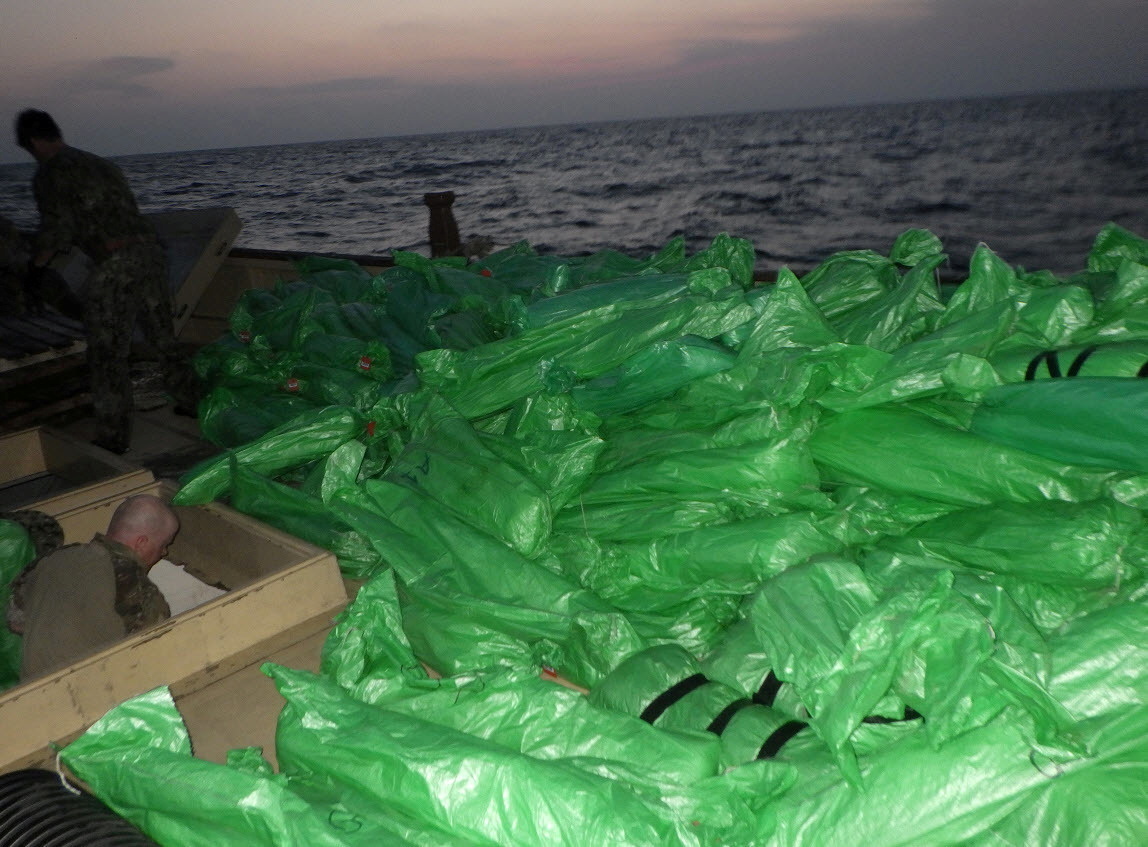

/cloudfront-us-east-2.images.arcpublishing.com/reuters/CLSRSV724NKK7J627YMOOXQOJM.jpg)
